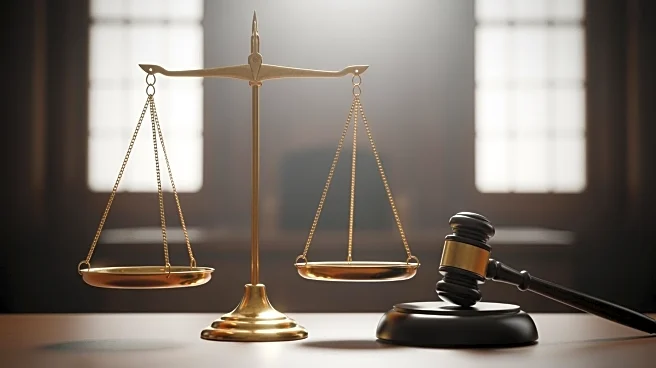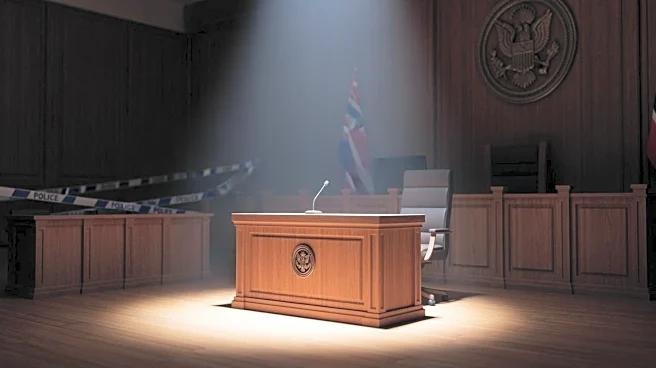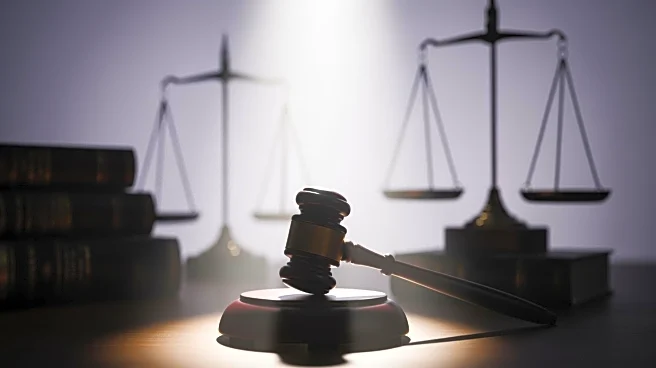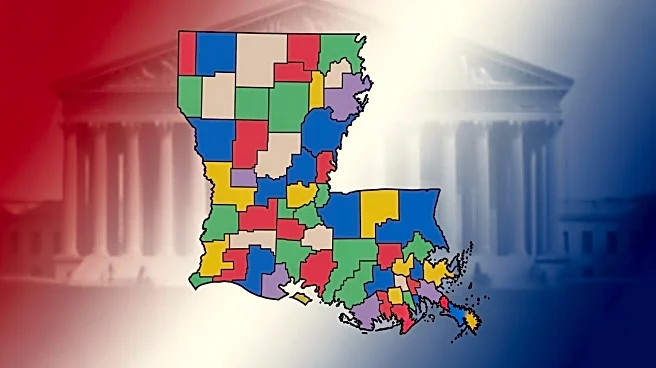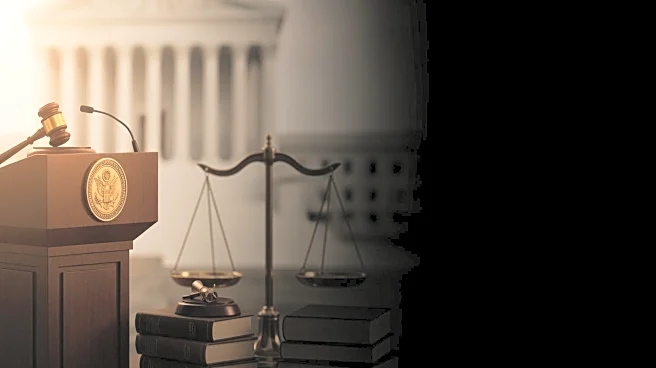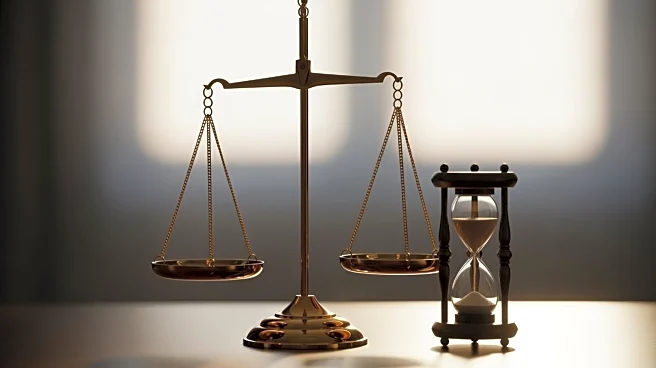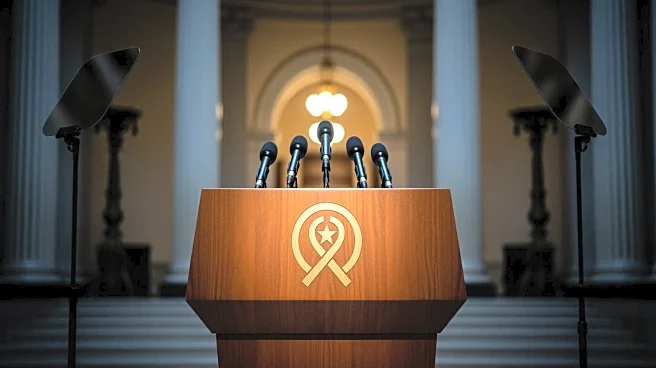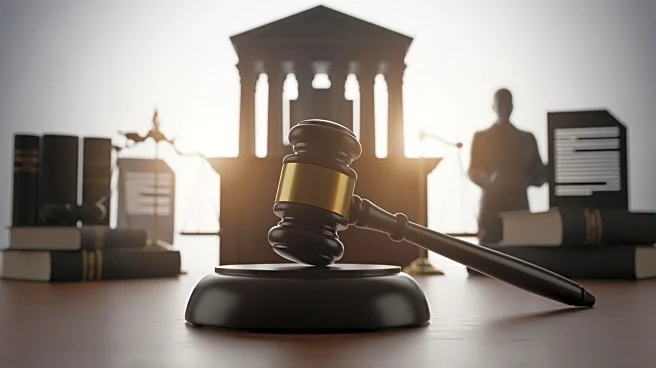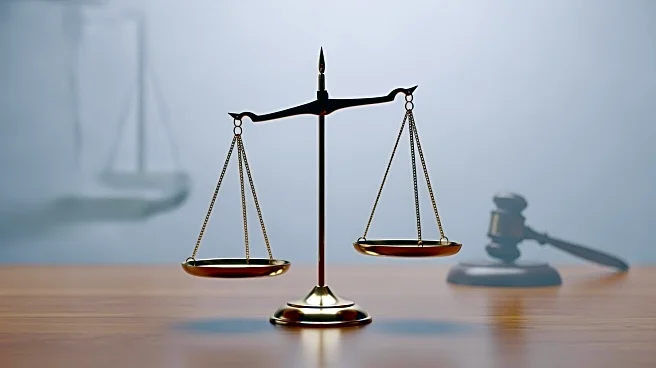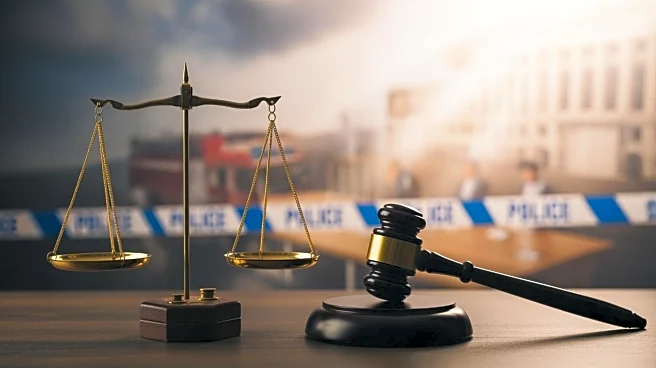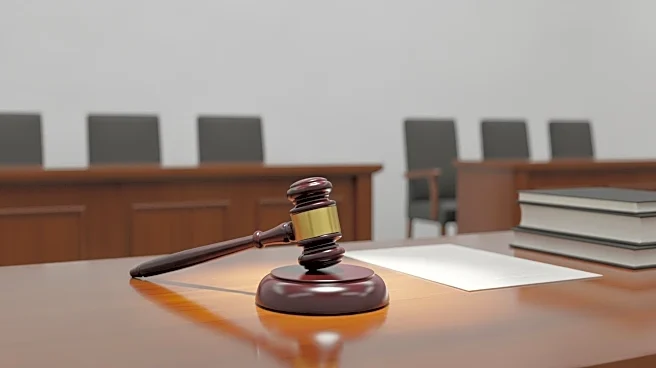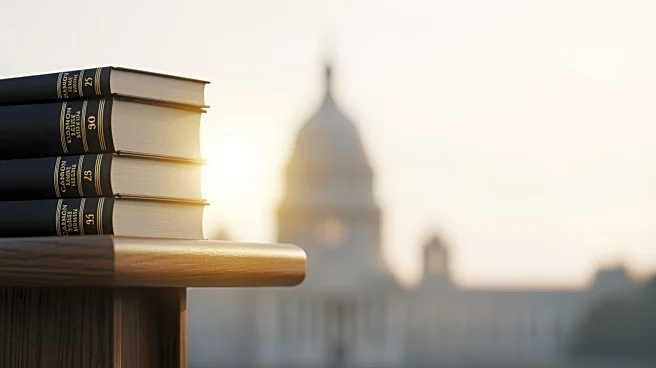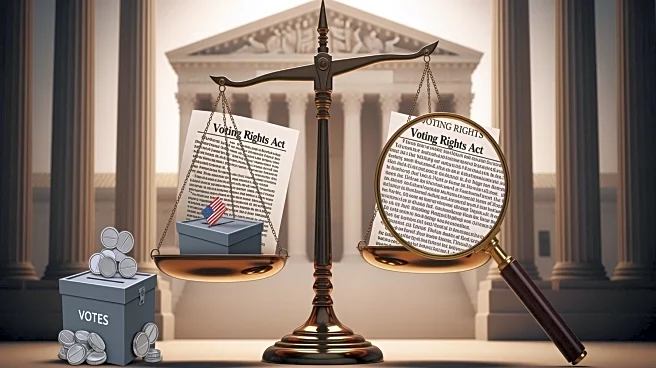What's Happening?
The Supreme Court is currently deliberating on Callais v. Louisiana, a pivotal case that could significantly alter the application of Section 2 of the Voting Rights Act of 1965. This section is crucial for protecting against racial discrimination in voting.
The case questions whether Louisiana's creation of a second majority-minority district violates the 14th or 15th Amendments, which prohibit racial discrimination in voting. The court's decision could either uphold or dismantle decades of legal precedent that supports multiracial democracy. Janai Nelson, president of the NAACP Legal Defense Fund, argued in defense of the Voting Rights Act, emphasizing the case's importance for maintaining racial equality in voting.
Why It's Important?
The outcome of this case holds significant implications for U.S. democracy, particularly in how racial discrimination in voting is addressed. If the court decides to limit or eliminate Section 2, it could lead to increased racialized vote suppression, undermining the progress made since the Civil Rights Movement. This decision could reshape the legal landscape, affecting how voting rights are protected and potentially leading to a rollback of protections for minority voters. The case also raises concerns about the court's willingness to overturn established precedents, which could have broader implications for the stability of U.S. legal and civil rights frameworks.
What's Next?
The Supreme Court's decision is awaited with anticipation, as it will determine the future application of the Voting Rights Act. Depending on the ruling, there could be significant political and social reactions, particularly from civil rights organizations and minority communities. If the court restricts Section 2, it may prompt legislative efforts to restore or replace these protections. Conversely, a decision to uphold the current interpretation could reinforce existing legal protections against racial discrimination in voting.
Beyond the Headlines
This case highlights the ongoing debate over the role of race in U.S. law and the balance between judicial interpretation and legislative intent. It underscores the tension between evolving societal norms and historical legal frameworks. The decision could influence future cases related to civil rights and set a precedent for how the judiciary approaches issues of racial equality and discrimination.
